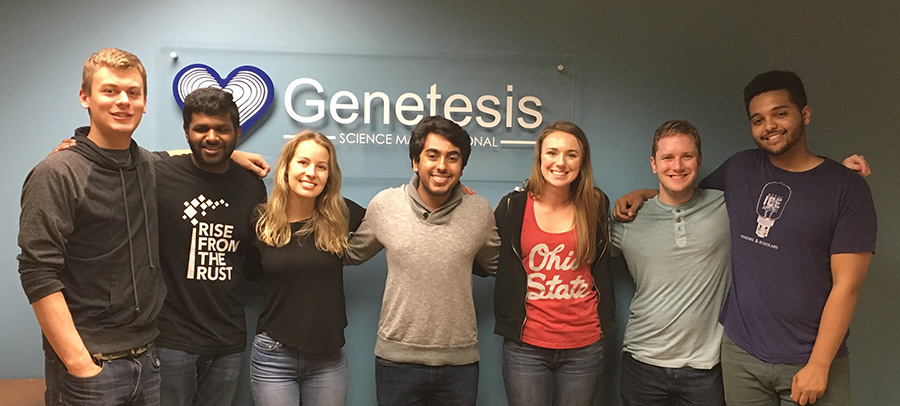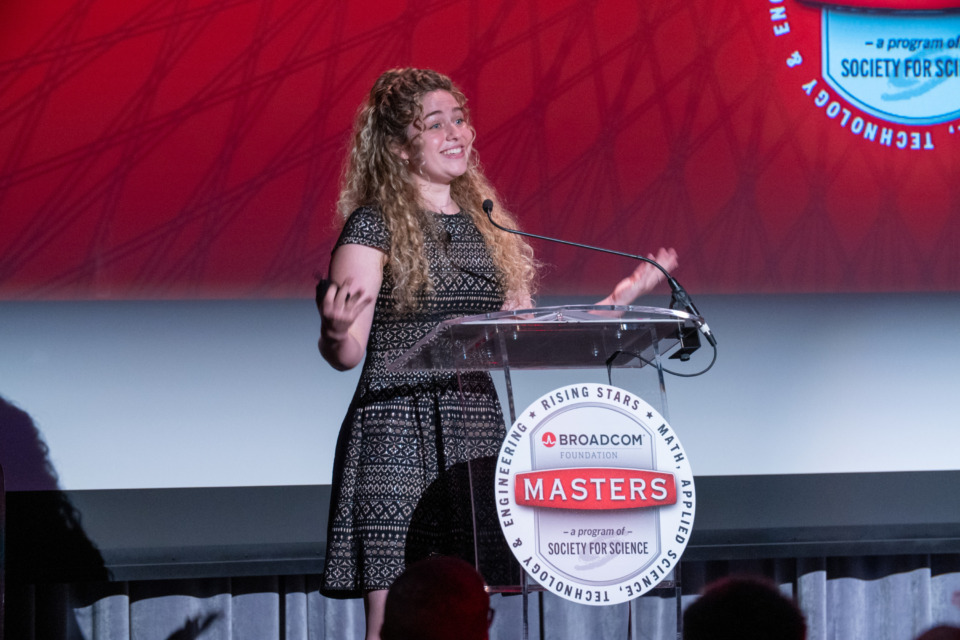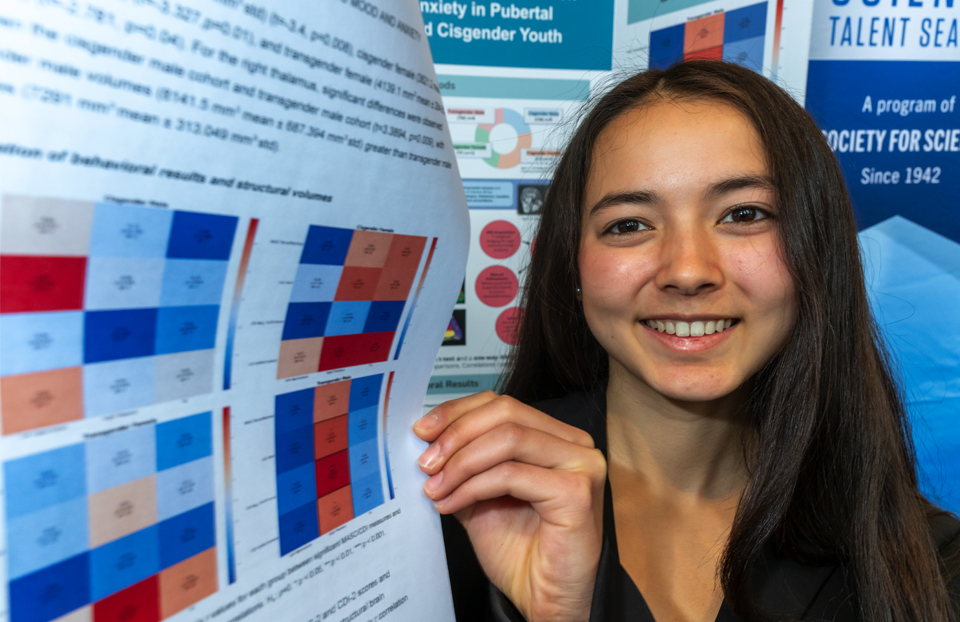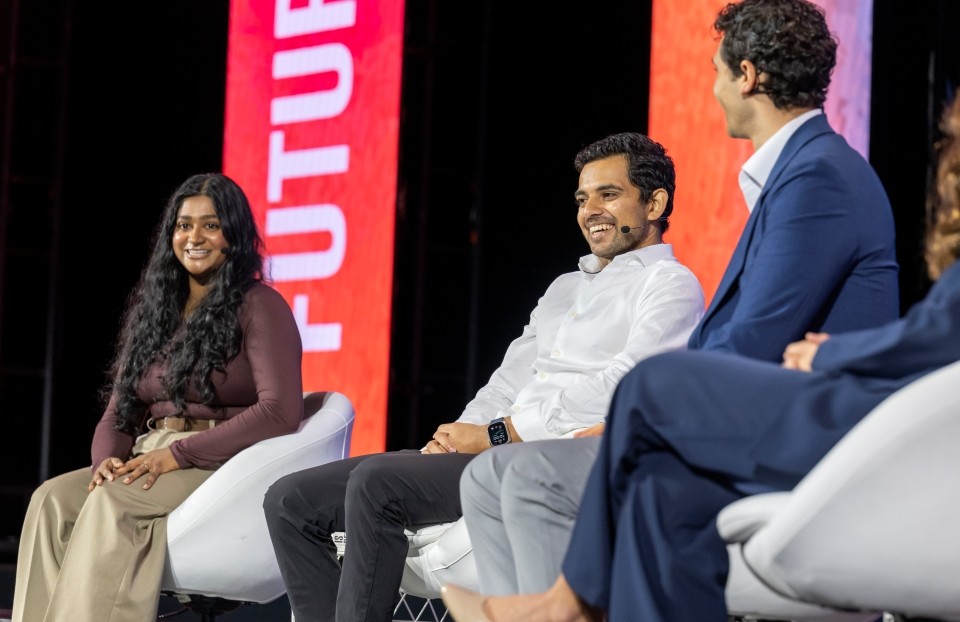Creating the future of cardiac medical imaging

Peeyush Shrivastava is the CEO of Genetesis, a cardiac imaging company working on the future of medical imaging. An Intel Science Talent Search 2013 semifinalist, Peeyush was a BioOhio startup winner and has been nominated as one of the top AI startups for social impact.
Not to mention, Genetesis won seed funding from Shark Tank’s Mark Cuban. Peeyush and his team are building ways to detect sources of abnormality in the heart with quicker, noninvasive ways. They are working on 3D maps of electrical activity and noninvasive scans.
Read on to learn more about Genetesis, and how Peeyush is building the future now.
Genetesis is working towards the future of medical imaging.
CREATING THE FUTURE OF MEDICAL IMAGING: Genetesis is working towards the future of medical imaging in a number of important ways. For one, we do not fit the bill of your standard imaging modality; our system is completely radiation-free, and a scan takes under 90 seconds. Our work involves the cutting edge in deep learning, artificial intelligence, and weak magnetic field sensing/analysis. My team and I develop our own hardware, software and analytics methods.
We can determine whether a patient would benefit from a stent or not. We may be able to get patients to therapy sooner and limit complications.
There’s two major value adds to what we do; for one, patients who have non-cardiac chest pain can be ruled out far quicker, cheaper, and without the use of any ionizing radiation with our system. This is the “rule-out” component of the platform.
The other component is that we can detect and even localize defects in conduction that would benefit from revascularization [typically accomplished by surgery]. That is, we can also determine whether a patient would benefit from a stent or not. This again means that we may be able to get patients to therapy sooner and limit complications and limit discharges of undiagnosed myocardial infarction [heart attacks].
Our tagline “science made personal” is somewhat of our mission statement.
WHY IT’S IMPORTANT THAT SCIENCE IS PERSONAL: Our tagline “science made personal” is somewhat of our mission statement. Our team arrives at work every day, motivated by the fact that the cutting-edge science and research we perform is done with quality patient care as the most sincere and important goal.
Society alumni are building the future. Help them by becoming a member.
HOW HE FIRST BECAME INTERESTED IN STEM: I first became interested in STEM by doing independent research on bioelectricity. In middle school, I started reading open source material on pacemaker activity in the heart and the conduction abnormalities that comprise numerous cardiovascular complications. This was fascinating to a young man who had only ever thought of the heart as a mechanical pump for blood.
Reading [about] pacemaker activity in the heart and conduction abnormalities … was fascinating to a young man who had only ever thought of the heart as a mechanical pump for blood.
ON THE IMPORTANCE OF SCIENCE FAIRS: The Science Talent Search is a platform for excellence. Those who participate are unified by their vision to use science to improve the quality of life, regardless of how that improvement is delivered. In this respect, it is one of the programs I recommend most to young people who are interested in science.
The first and hardest step in STEM is realizing that you must take the initiative to learn.
HIS ADVICE TO OTHERS INTERESTED IN STEM: The first and hardest step in STEM is realizing that you must take the initiative to learn. In our information age, there is an ever-growing body of knowledge for young scientists to learn from. With advances in computing and now artificial intelligence, motivated youth actually have the ability to change from their personal computers. Some of the greatest work my team and I have accomplished has been done with little capital, and a whole lot of sweat and relentless dedication.


